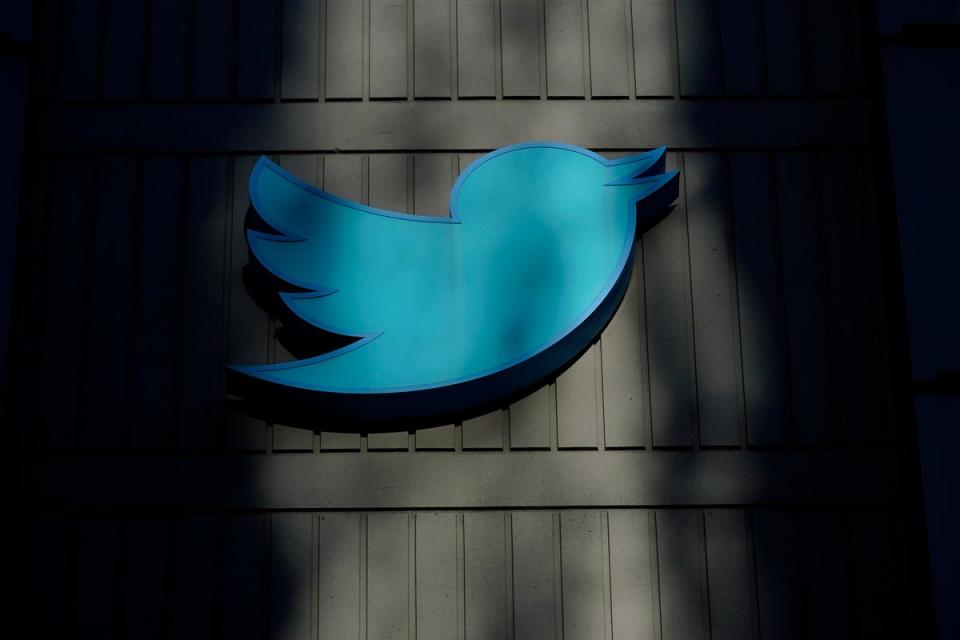Twitter verification: What do the gold, grey and blue ticks mean?

Twitter has relaunched its “Blue” offering – and with it a whole host of potentially confusing new ticks or checkmarks.
The new Twitter Blue allows people to pay $8 to have their account verified, and show a blue checkmark. Unlike previous attempts at launching that service, Twitter really seems to be verifying users, so that they cannot pretend to be other official accounts.
But with the launch of that new version of Blue – and the blue checkmarks for everyone – Twitter is also launching new colours of checkmark, seemingly to try and make sure the system is not abused.
From now on, there will be three colours: gold, silver and grey. And the one that shows will be decided according to the status of the account.
The gold verification checkmark is perhaps the closest to the traditional meaning. It will be applied to verified companies or business accounts, so that they can communicate with customers who can trust that they really are who they say they are.
But notably that gold checkmark will apply to many fewer accounts than the blue checkmark ever did. The new gold one appears to be reserved for organisations – and not individuals, such as celebrities or journalists.
The grey checkmark is for verified government accounts, or those that are affiliated with governments. Twitter has long given these blue checkmarks but also marked them out in other ways – such as putting their government affiliation in their tweets – so that readers can both know that the post is legitimate but also that it could be a government message.
The blue checkmark looks like it always did, but will be applied to people who have Twitter Blue as well. For now, the traditional verified accounts – which Twitter has looked to label as “legacy verification” – also show the same checkmark.
Users can click on it to find out whether the account is verified because it is paying for Blue, or because it is one of those old verified accounts. But they might not be able to do so for long: at the moment, the account includes wording about “notability” that was written by Mr Musk, but he has said that he will be removing those checkmarks in the coming months.
It was never clear exactly what Twitter’s blue checkmarks were supposed to express. Twitter always claimed that they were not intended as any kind of value judgement on the account, only that it had been verified as being really who it said it was – but it did remove the blue check from some accounts that it felt were not deserving.
Those and other events led to some frustration among Twitter users who resented those who had been given “blue checks”. Elon Musk appeared to be looking to capitalise on that resentment when he launched the new Twitter Blue offering, by both allowing anyone to get one of the checks and minimising any sense of value that they might previously have had.

 Yahoo Finance
Yahoo Finance 